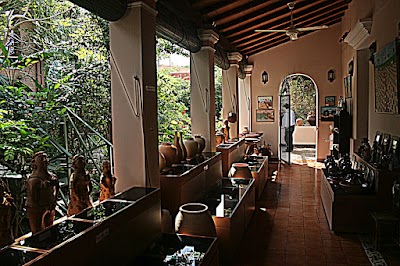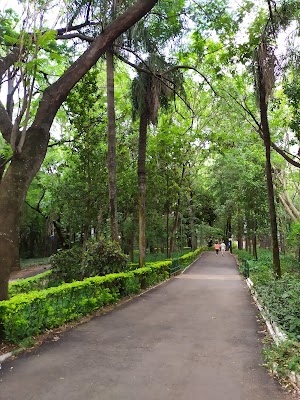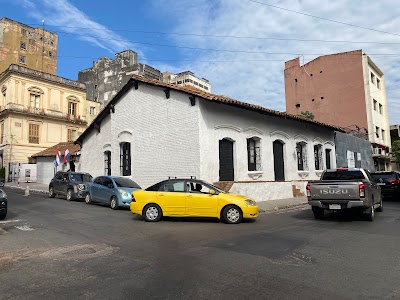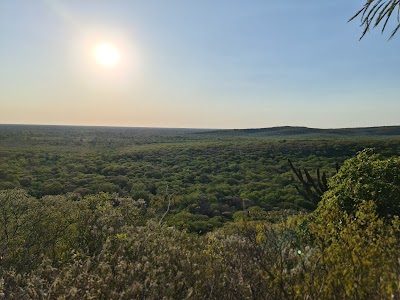Villarrica (Villarrica)
Overview
Villarrica is a charming city nestled in the Guairá Department of Paraguay. Founded on May 14, 1570, by Spanish explorer Ruy Díaz de Melgarejo, it was originally named "Villa Rica del Espíritu Santo" in honor of its abundant natural resources and the founders' devotion to the Holy Spirit. The city was intended as a base for spreading Spanish influence and Christianity among the indigenous Guaraní people, marking the beginning of a rich historical tapestry.
The establishment of Villarrica required diligent efforts from both Spanish settlers and native Guaraní people. Upon their arrival, they collaborated to create the city’s initial infrastructure, constructing simple yet sturdy buildings from local materials such as wood and adobe. Among the first structures were a church, which became the heart of the community, alongside homes and administrative buildings that laid the foundation for what Villarrica would become.
Over the centuries, Villarrica’s growth has been largely attributed to its strategic location amidst fertile lands, which fostered a robust agricultural sector. The surrounding area is rich in yerba mate, sugar cane, and citrus fruits, establishing these goods as staples of trade and contributing to the region's economic prosperity.
As time passed, the architecture of Villarrica evolved, reflecting a blend of Spanish colonial styles. Many historic buildings, characterized by their thick walls and red-tiled roofs, create a captivating urban landscape. The city’s enchanting streets are adorned with historic churches, colonial homes, and vibrant marketplaces, showcasing a seamless integration of the old and the new.
Villarrica has also played a pivotal role in Paraguay's history. It emerged as a center of patriotism during significant conflicts such as the Paraguayan War (1864-1870) and the Chaco War (1932-1935). The contributions of Villarrica's residents during these national struggles are a source of pride for the community, further enriching the city's historical significance.
In modern times, Villarrica has embraced progress while retaining its historic charm. The city has developed modern amenities, making tourism a vital component of its economy. Visitors flock to Villarrica for its rich history, cultural festivals, and stunning natural beauty. With museums, parks, and well-preserved historic sites, tourists gain an insightful glimpse into Paraguay’s past.
Education plays a crucial role in Villarrica, with several universities and schools making it a hub for learning in the region. This emphasis on education has cultivated a vibrant, youthful population that is dedicated to preserving the city's heritage while eagerly looking toward the future.
Modern development in Villarrica has included infrastructure improvements that enhance accessibility and livability. Upgraded roads, transportation systems, and public services contribute to a better quality of life for residents and visitors alike.
Beyond its historical significance, Villarrica is a thriving community that values its traditions while embracing future advancements. The city hosts cultural celebrations, such as the "Festival de la Tradición Misionera," where music, dance, and local cuisine come together, attracting both residents and tourists.
All these elements combine to create a unique and vibrant city, rich in history, culture, and community spirit. Villarrica stands as a testament to the enduring legacy of its founders and the ongoing efforts of its people to harmoniously blend the past with the present.







